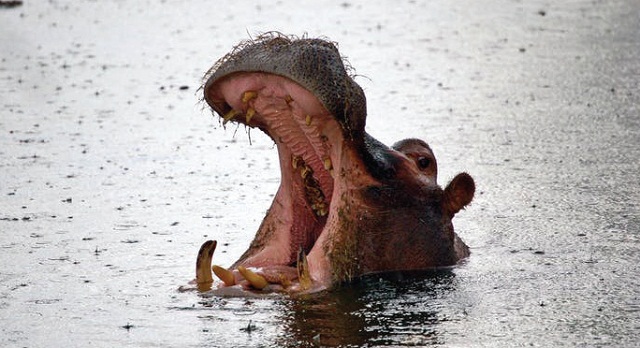
In the case of East Asia, nomadic herders are believed to have intensively grazed the landscape 6,000 years ago to the point of reducing evapo-transpiration – the process which allows clouds to form – from the grasslands, which weakened monsoon rainfall.
Their burning and land-clearance practices were so unprecedented that they triggered significant alterations to the relationship between the land and the atmosphere that were measurable within hundreds of years of their introduction.
Similar dynamics occurred when domesticated animals were introduced to New Zealand and North America upon initial settlement by Europeans in the 1800s – only in these instances they were documented and quantified by historical ecologists.
New Zealand’s colonial pastoralists transformed the country’s landscape. William Allsworth
Ecology of fear
Landscape burning has been occurring for millions of years. Old World landscapes have hosted humans for more than a million years and wild grazing animals for more than 20 million years. Orbitally induced changes in the climate are as old as the earth’s climate systems themselves.
So what made the difference in the Sahara? A theory called the “ecology of fear” may contribute something to this discussion. Ecologists recognise that the behaviour of predatory animals toward their prey has a significant impact on landscape processes. For example, deer will avoid spending significant time in open landscapes because it makes them easy targets for predators (including humans).
If you remove the threat of predation, the prey behave differently. In Yellowstone National Park, the absence of predators is argued to have changed grazers’ habits. Prey felt more comfortable grazing alongside the exposed riverbanks, which increased the erosion in those areas. The re-introduction of wolves into the ecosystem completely shifted this dynamic and forests regenerated within several years. By altering the “fear-based ecology”, significant changes in landscape processes are known to follow.
The introduction of livestock to the Sahara may have had a similar effect. Landscape burning has a deep history in the few places in which it has been tested in the Sahara. But the primary difference between pre-Neolithic and post-Neolithic burning is that the ecology of fear was altered.
Most grazing animals will avoid landscapes that have been burned, not only because the food resources there are relatively low, but also because of exposure to predators. Scorched landscapes present high risks and low rewards.
But with humans guiding them, domesticated animals are not subject to the same dynamics between predator and prey. They can be led into recently burned areas where the grasses will be preferentially selected to eat and the shrubs will be left alone. Over the succeeding period of landscape regeneration, the less palatable scrubland will grow faster than succulent grasslands – and, thus, the landscape has crossed a threshold.
It can be argued that early Saharan pastoralists changed the ecology of fear in the area, which in turn enhanced scrubland at the expense of grasslands in some places, which in turn enhanced albedo and dust production and accelerated the termination of the African Humid Period.
I tested this hypothesis by correlating the occurrences and effects of early livestock introduction across the region, but more detailed paleoecological research is needed. If proven, the theory would explain the patchy nature of the transition from wet to dry conditions across northern Africa.
 The Independent Uganda: You get the Truth we Pay the Price
The Independent Uganda: You get the Truth we Pay the Price



